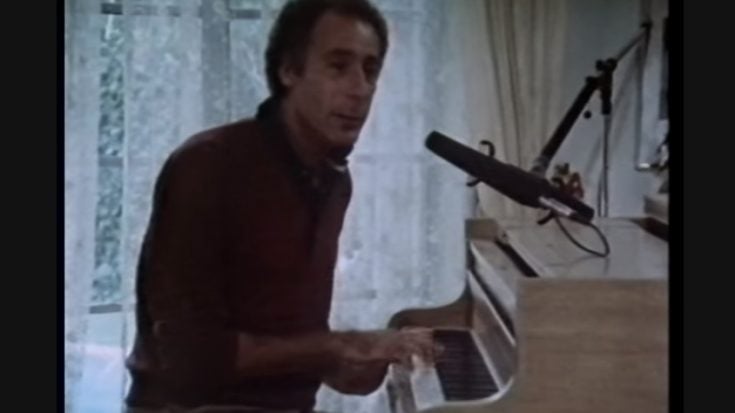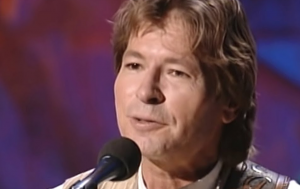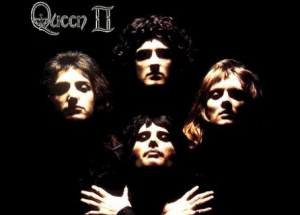The Controversial Life Of Phil Spector

Phil Spector for the documentary for the 1983 documentary Da Doo Ron Ron - gussie5555 / Youtube
Phil Spector established his reputation in the music industry with his innovative approach to producing music. Best known for his production technique, the “Wall of Sound”, which gained him popularity among musicians who were impressed with his implementation of what he considered as a Wagnerian approach. From collaborations with big names such as The Beatles and Ike & Tina, among others, Spector is considered to have had substantial impact on these artists and their records. In the midst of all the hustle and bustle of Spector’s booming career, everything took a sharp turn on February 3, 2003. Actress Lana Clarkson was found dead at Spector’s Mansion. Phil Spector’s life careened down the curb with the incident, but what really happened that night?
Who is Phil Spector?
First of all, let’s tie down Spector’s beginnings. Phil Spector was born to an immigrant Jewish couple on December 26, 1939 in the Bronx, NYC. Spector began to show interest in music while he was a teenager, after picking up and learning the guitar. He established his first band The Teddy Bears, which released a successful single, “To Know Him Is To Love Him“, which became his first chart topper. Veteran producer Stan Ross’ involvement with the band was influential to Spector’s production style, and began tutoring him about the fundamentals of music production. After going under 2 record labels, The Teddy Bears failed to reach commercial success, and split up in 1959. This heralded Spector’s entry into the halls of musical production.
Spector apprenticed the American record producing duo Jerry Leiber and Mike Stoller, and later caught his first project as a producer with talent Ronnie Crawford. His fast learning pace allowed him to master the studio in no time, which got him numerous projects. Spector is also credited for the original Top Notes’ version of “Twist And Shout“, which saw massive success with the Beatles’ adaptation. Speaking of the Fab Four, Spector was brought in by Allan Klein by 1970 to produce Lennon’s “Instant Karma!“, and later invited by both Lennon and Harrison to turn the scrapped Get Back sessions into something decent. The end product was more than decent, as Let It Be became a massive commercial success in both the UK and US. Spector was also hired by Lennon and Harrison for their solo ventures.
https://www.youtube.com/watch?v=bcdNzMMvF_k
Amidst all the success of Spector’s career, a tragic car crash almost claimed his life. On March 31, 1974, Spector’s car crashed on a street in Hollywood, and was almost presumed dead, if not for the responding police officer detecting a faint pulse that allowed him to be rushed to the hospital. Spector was subjected to several hours of surgery, with over 700 total head stitches received. Spector surfaced in the late 70’s to produce the controversial Leonard Cohen album, and got involved with the Ramones’ End Of The Century as well. At the advent of the 80’s however, Phil Spector submerged to inactivity, only surfacing at the start of the new millennium, only to be greeted by his criminal involvement in Lana Clarkson’s death.
The Wall Of Sound
Spector was known for his unique production setting called the Wall of Sound. Concerned by the quality of radios and jukebox sonic outputs of the era, Spector wanted to create a full, roaring tide of sound that could enhance the listening experience of the masses through the airwaves. He managed to do this with the help of the audio engineer Larry Levine and the session musician fold called the Wrecking crew. The resulting rich, orchestral output was due to Spector’s employment of a much larger ensemble than traditional settings usually saw, with electric instruments and synthesizers adding in to the sound. An example of this grandiose technique is a recording of an acoustic piano, which is then dubbed with recordings from an electric piano and harpsichord playing the same arrangement. With the proper mixing technique, these conglomeration of sounds eventually infuse into one stream of progression, allowing for that richer tonal quality.
https://www.youtube.com/watch?v=qHBEw9I999o
Spector explained what he precisely wanted in terms of audio quality. “I was looking for a sound, a sound so strong that if the material was not the greatest, the sound would carry the record. It was a case of augmenting, augmenting. It all fitted together like a jigsaw.”
The Murder Of Lana Clarkson
American model and actress Lana Clarkson was murdered on the fateful wee hours of February 3, 2003. She was working at the House Of Blues in Los Angeles, when she was invited over by Spector for a midnight drink, according to investigations. They drove to Spector’s mansion, and went inside, while his driver waited in the limousine. After several moments, a gunshot rang throughout the silence of the night, and the driver saw Spector exit the house through a back door with a gun in his hand. Spector was quoted “I think I just shot her”, also stating it was an “accidental suicide”, and that Clarkson “kissed the gun“.
Lana Clarkson was found in his house, slumped on a fake Louis XIV chair, with a gunshot wound to her mouth, broken teeth scattered on the floor. Spector was reported to be quite the maniacal showman, brandishing a pistol at five other women who happened to escape by a hair’s breadth, and Clarkson was the first victim to this twisted game of roulette. Spector was put under trial, and seemed to revel at the newfound yet bizarre attention he gained with the controversy. Prior to that, he was a free man after posting $1 million in bail, and his 2007 verdict was deemed a mistrial due to a hung jury. He was subjected to retrial on October 2008, and was found guilty 18 days later. Spector was sentenced with 19 years in prison, and is most likely going to meet his end behind bars.
https://www.youtube.com/watch?v=3WMUs5aK4DM












